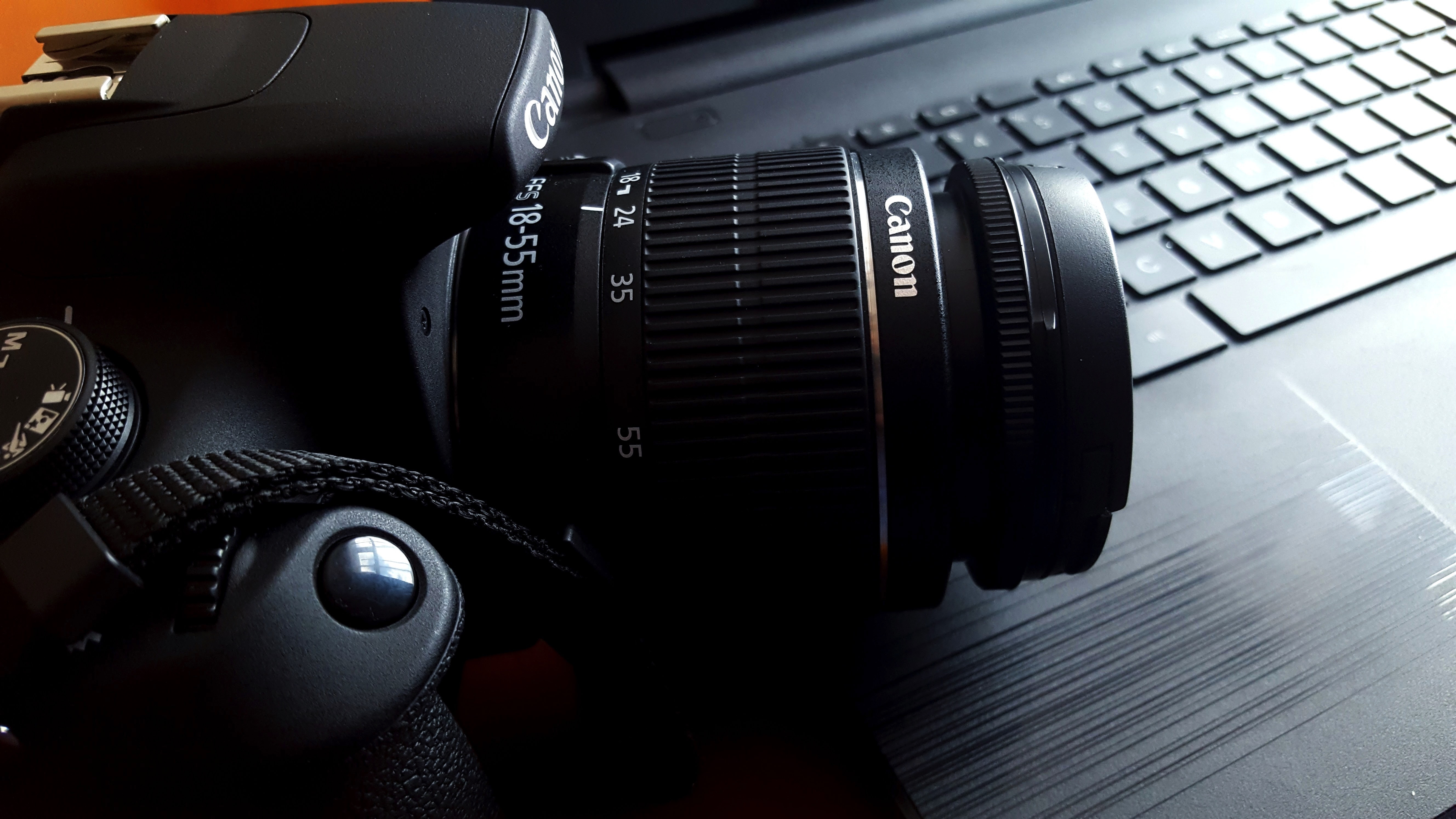NINA'S NUGGETS
USING CANON DIGITAL PHOTO PROFESSIONAL 4
It's unusual for me to write about post-production – I'm a firm believer in getting the image as close as possible to what you want at the time of shooting. However, there are limits, and your Canon EOS camera does not have all the controls that are available to you within the post-production process.
Digital Photo Professional is my go-to tool for the first step in post-production. Sometimes it's all I need, and usually I'll only spend a few minutes tweaking an image. Why Digital Photo Professional? Because it can read all of the image data, carrying forward all of my camera settings. Canon doesn't share its settings parameters with third party software developers, so Digital Photo Professional is the only program that can read my image files perfectly and without adding extra 'interpretation'.
Here's an example – the cover image of the latest edition of my popular Beginner's Guide to Canon Digital Photo Professional. It took three steps to achieve what I wanted from the original RAW file, and all in all took around two minutes.
This blue hour shot across the Thames in London has only had a few simple adjustments made and yet it has transformed the image. When I took the image I deliberately kept the exposure just slightly on the dark side to prevent burnout in the highlight areas of the picture. The image was taken on the Auto white balance (AWB) setting, which generally gives the best colour for night images.
The top image in the sequence below is out of camera, then the steps described below are shown in order, with the final adjusted image last.

The first image in this sequence is out of camera, then the steps described below are shown in order, with the final adjusted image last.

The first adjustment made was using the highlight and shadow controls within Digital Photo Professional. These controls are not available on the camera – they effectively darken the highlights, whilst making the shadow areas lighter.

Secondly, I fine-tuned the colour of the image, controlled by white balance settings. This was achieved by adjusting the colour temperature, which was taken down to 3600K to give a bluer sky.

Finally I used the colour adjustment option, specifically on the blues, to change the hue of the sky. I increased saturation on the blues as well as darkening the blue parts of the image very slightly.
How long did all that take? Just a couple of minutes, including exporting the images above.
You can learn all about Canon's RAW editing software with my Beginner's Guide to Digital Photo Professional eBook. The fifth edition is available now, for only £9.95, and covers version 4.12 of Digital Photo Professional.
FURTHER READING

Beginner’s Guide to Canon Digital Photo Professional 4 (eBook)
MORE NUGGETS

